Discovering Cusco in Peru means venturing into a world where history and the majesty of the landscape meet. However, this journey into the Andean heights presents a significant challenge for many visitors: altitude sickness, an unexpected companion for many.
In this blog, we'll tackle this crucial issue to ensure you're well-prepared before entering the imperial city and discovering the world's wonder, Machu Picchu. Want to know how to combat altitude sickness in Cusco, Peru? Don't worry! With the advice in this article and proper preparation, your visit to the "navel of the world" will be worry-free, allowing you to fully immerse yourself in the rich culture and history surrounding you. Let's start!
What is altitude sickness in Cusco, Peru?
Have you ever felt the air vanish while climbing a mountain or arriving in a high city? If so, you might have experienced the infamous, but not so welcome, altitude sickness.
Altitude sickness, also known as "soroche" or mountain sickness, can affect people who ascend to high altitudes (above 2,500 meters above sea level) without giving their bodies a chance to adapt to the somewhat "lighter" atmosphere.
Altitude of Cusco and Machu Picchu
Exploring Cusco and Machu Picchu offers a deep dive into Peru's rich history and culture and a unique challenge due to their high altitude. Cusco, the historic capital, is at a notable height of 3,400 meters above sea level, making it one of the highest permanently inhabited destinations in the world.
Machu Picchu, the iconic Inca citadel, is at an altitude of 2,430 meters above sea level. Even though the altitude is slightly lower, preparation is essential for the trek to Machu Picchu. The trails leading to the Inca citadel, like the world-renowned Inca Trail, require good physical condition and prior acclimatization to the altitude.
Symptoms of altitude sickness in Cusco
Knowing the symptoms of altitude sickness is the first step to ensuring your adventure in the heights is as enjoyable as the panoramic views.
Headache
The classic and unmistakable initial sign could indicate that your body struggles to adjust to the altitude.
Nausea and vomiting
Your stomach may feel the pressure of the altitude, leading to discomfort that makes keeping food down difficult.
Extreme fatigue
Despite the excitement of exploring Cusco, Peru, altitude sickness can leave you unusually tired, even after a complete rest.
Difficulty sleeping
Despite being fatigued, finding sleep can be challenging, disrupting your night's rest.
Loss of appetite
Your interest in food may decrease; even the most delicious dishes might seem less enticing.
Dizziness or light-headedness
Keeping your balance can be a challenge, accompanied by a sense of instability.
Difficulty breathing
You might gasp for air even at rest as if you’ve just finished running.
Tips to avoid Altitude Sickness in Cusco, Peru
At TreXperience, we want your experience in Cusco to be excellent, free from issues like soroche or altitude sickness. That's why we recommend taking time to acclimate to this beautiful city before starting your adventure. Here are some recommendations designed especially for you to ensure your stay in Cusco is as enjoyable as it is thrilling:
Gradual acclimatization
Give your body the time it needs to adjust to the altitude. Plan your itinerary so that you can ascend gradually, spending a day or two at intermediate altitudes before arriving in Cusco.
Additional Tip | We suggest planning short and relaxed daily excursions to make the most of your first days in Cusco without feeling overwhelmed. Opt for a City Tour or explore the beauty of the Sacred Valley. It's the perfect way to begin your Cusco adventure!
Constant hydration
Drinking plenty of water is essential. Hydration helps your body acclimate better and combat altitude sickness symptoms. Avoid alcohol and caffeine, as they can lead to dehydration.
Adequate rest
Rest is crucial during the first days at high altitude. Even though you might be eager to explore immediately, allowing your body time to rest will aid in better acclimatization.
Light eating
Choose light, carbohydrate-rich meals. Foods that are easy to digest suit your body better as you adapt to the altitude.
Preventive medication
Consult your doctor before traveling about taking preventive medications for altitude sickness.
Maintain a gentle pace
Don't push yourself too hard at the start. Listen to your body and gradually increase the intensity of your activities.
Supplemental oxygen
Many hotels in Cusco offer supplemental oxygen to help visitors acclimate. If you feel affected, don't hesitate to use it.
Medical attention
If you experience severe or persistent symptoms of altitude sickness, seek medical attention. Cusco has clinics and services specialized in treating soroche.
Explore Coca Leaves
Coca leaves, traditionally used by Andean inhabitants, can be very helpful. Chewing coca leaves or drinking coca tea can alleviate symptoms of altitude sickness.
Higher altitude places in Cusco
Cusco and its surroundings host some of the world's highest and most fascinating destinations, each with a unique history, culture, and natural beauty.
Salkantay Mountain
Towers impressively at 6,271 meters above sea level. It's a popular destination for hikers looking for an alternative to the traditional Inca Trail, offering spectacular views and a significant challenge.
Ausangate Mountain
At 6,384 meters above sea level, it's the fifth-highest mountain in Peru and is considered one of the most sacred in the Andean worldview. Treks to Ausangate are transformative experiences that take you through high mountain landscapes and traditional communities.
Vinicunca
Better known as the Rainbow Mountain, it sits around 5,200 meters above sea level. This geological wonder offers some of the most breathtaking views in the Cusco region.
Palcoyo Mountain
Another less-known but equally impressive rainbow mountain is located at about 4,900 meters. It offers a more accessible alternative for those wishing to experience the beauty of the colored mountains without the crowds.
Read Later | Vinicunca vs. Palcoyo
Choquequirao
It is often referred to as "the sacred sister of Machu Picchu," it stands about 3,050 meters above sea level. Though lower than the previously mentioned destinations, reaching it involves a challenging hike that climbs to higher altitudes along the way.
Frequently Asked Questions about Altitude Sickness in Cusco, Peru
What are the symptoms of altitude sickness?
Symptoms include headache, fatigue, nausea, difficulty sleeping, loss of appetite, and, in severe cases, difficulty breathing.
How do I prepare for high altitude Cusco and Peru?
To prepare for Cusco altitude sickness, acclimate gradually, stay hydrated, eat light meals, and consider using coca leaves.
How long does it take to acclimate to altitude in Cusco?
Ideally, allow 2 to 3 days of gentle acclimatization before undertaking more physically demanding excursions.
How long does altitude sickness last?
Symptoms usually start to improve within a few days as your body adjusts to the altitude.
What is the best medication for altitude sickness in Cusco, Peru?
Medications like acetazolamide can help prevent altitude sickness, but they must be prescribed by a doctor.
Can I exercise when I arrive in Cusco?
It's recommended to avoid intense exercise during the initial days while your body is acclimating. Gentle activities and short walks are better.
Is it necessary to bring supplemental oxygen to Cusco?
Many hotels and tour guides in Cusco offer supplemental oxygen for those who need it, but bringing your own supply is generally unnecessary if you acclimate properly.
Are there foods that help prevent altitude sickness?
While no foods prevent altitude sickness, consuming light, carbohydrate-rich meals can help your body adjust to the altitude.
Are children more susceptible to altitude sickness in Cusco, Peru?
Children can adapt to altitude as well as adults, but monitoring their symptoms of altitude sickness is crucial, as they might be unable to communicate how they feel effectively.
Conquering the heights of Cusco
Knowing that altitude sickness in Cusco is temporary and, in many cases, preventable can offer great relief. Gradual acclimatization, staying constantly hydrated, and allowing your body to rest are key strategies. And remember, coca leaves, revered by the Incas, remain an effective traditional remedy for many travelers and locals.
In the end, listening to your body is essential. Recognizing the symptoms of altitude sickness and taking proactive steps can make the difference between just an experience and an unforgettable adventure in the heights of places like Cusco. Don't let altitude sickness stop your exploration of the world's high wonder.


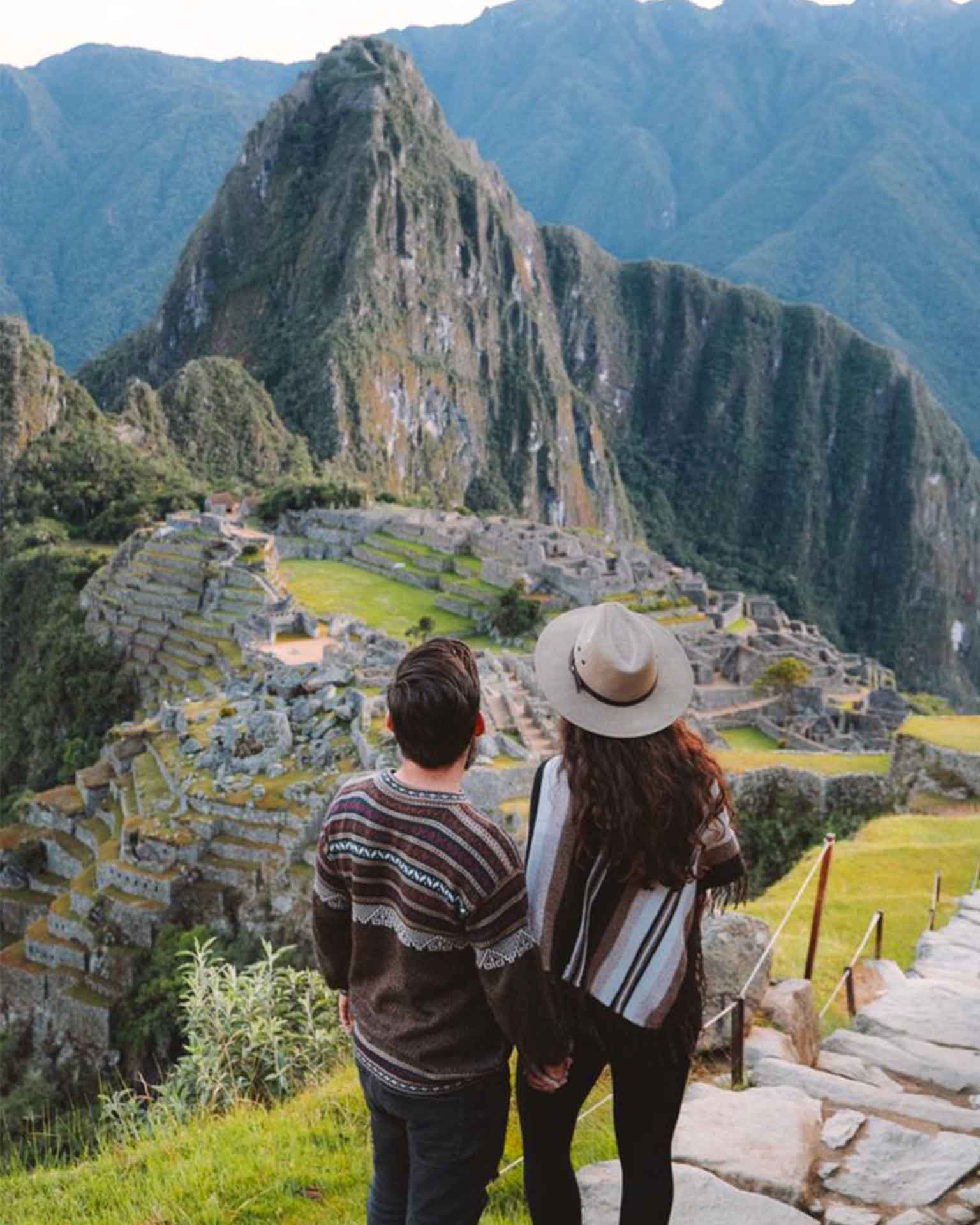


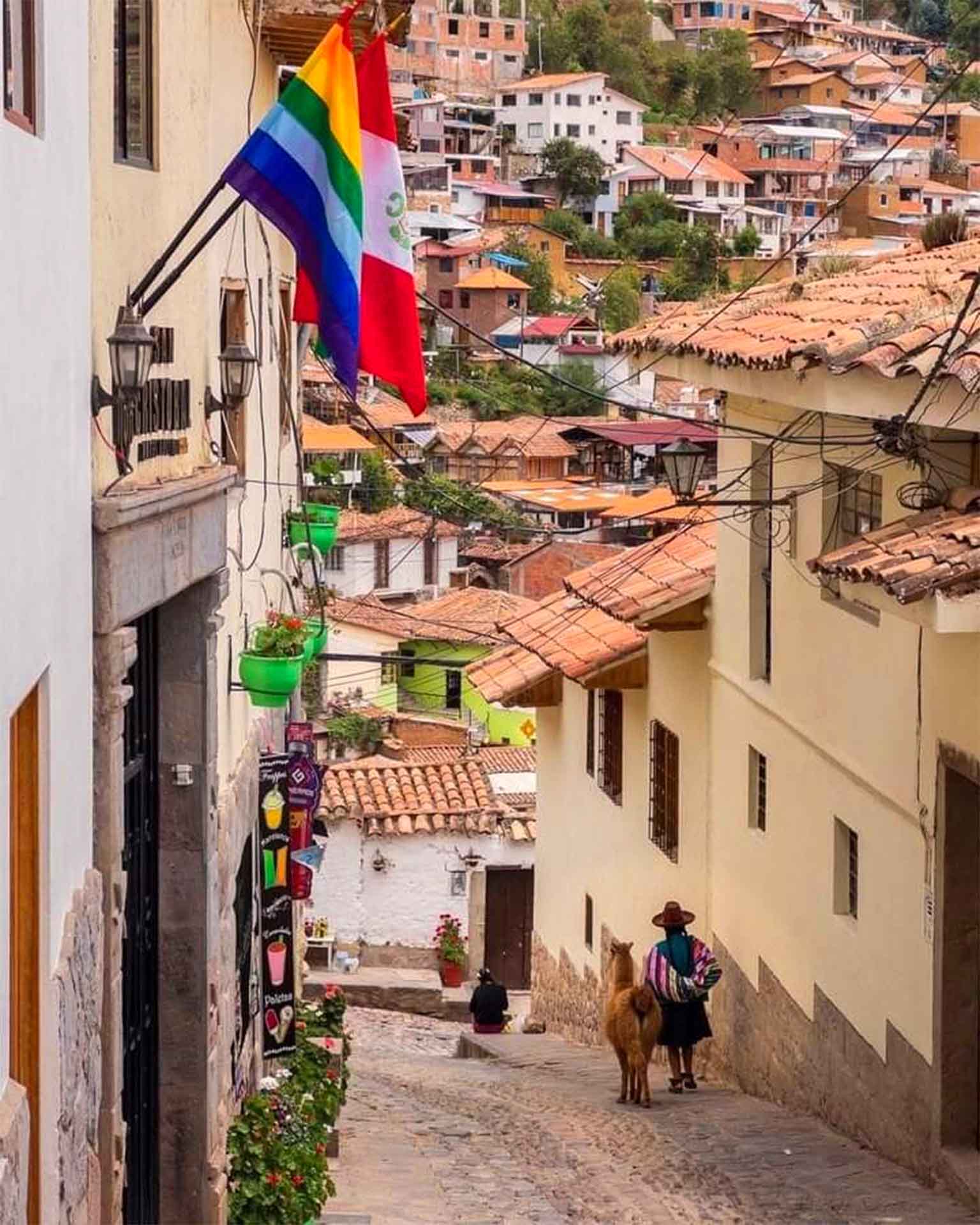
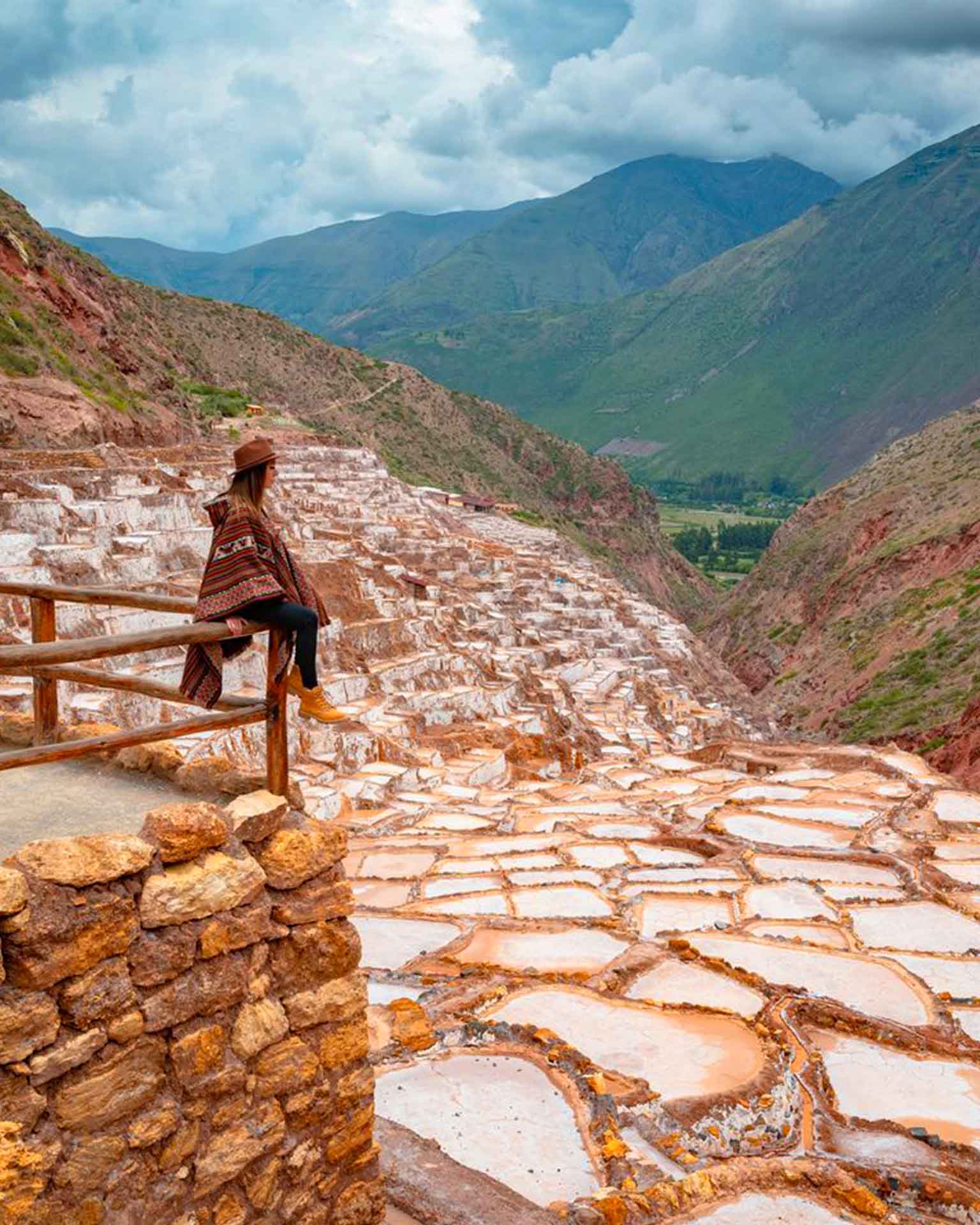

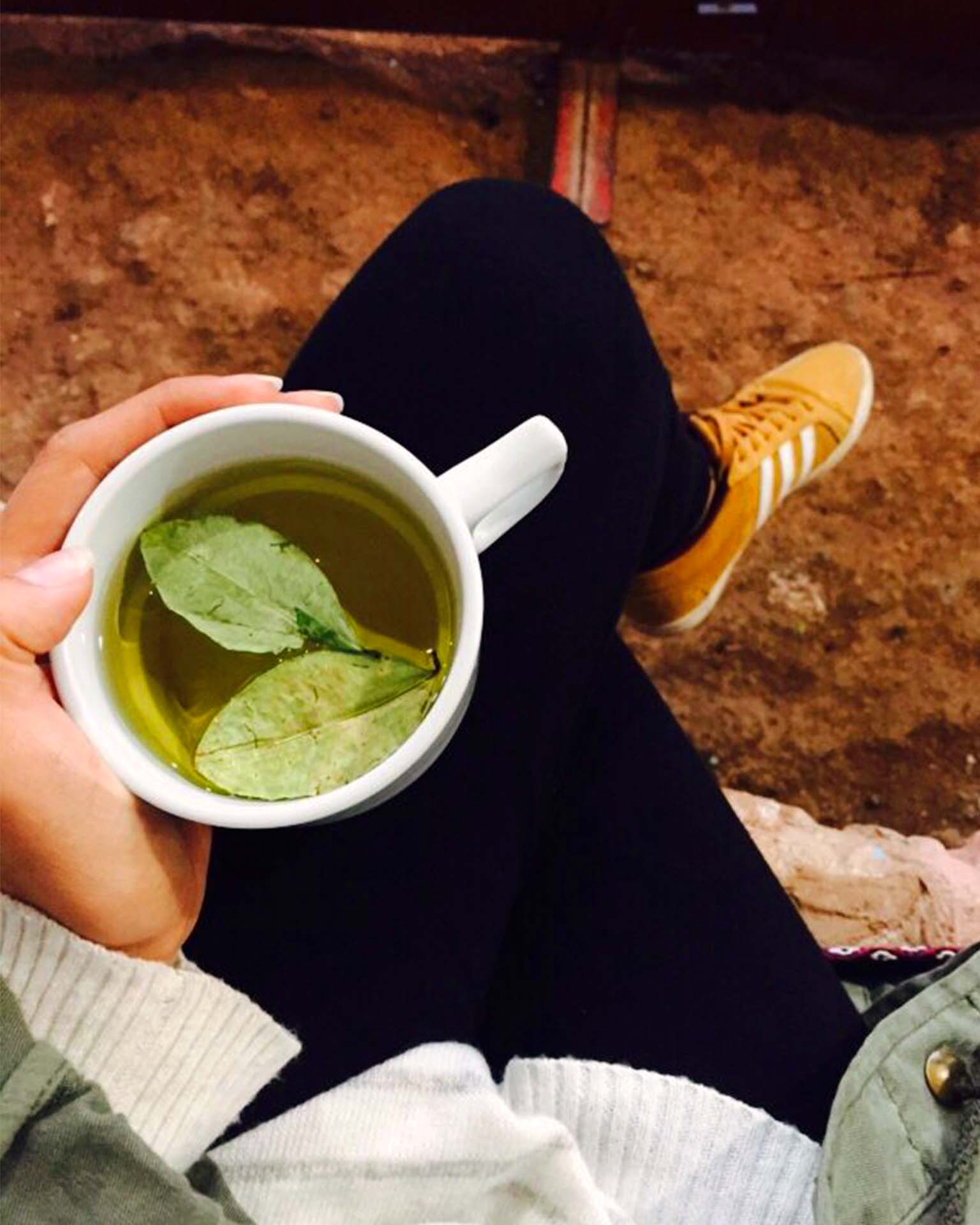
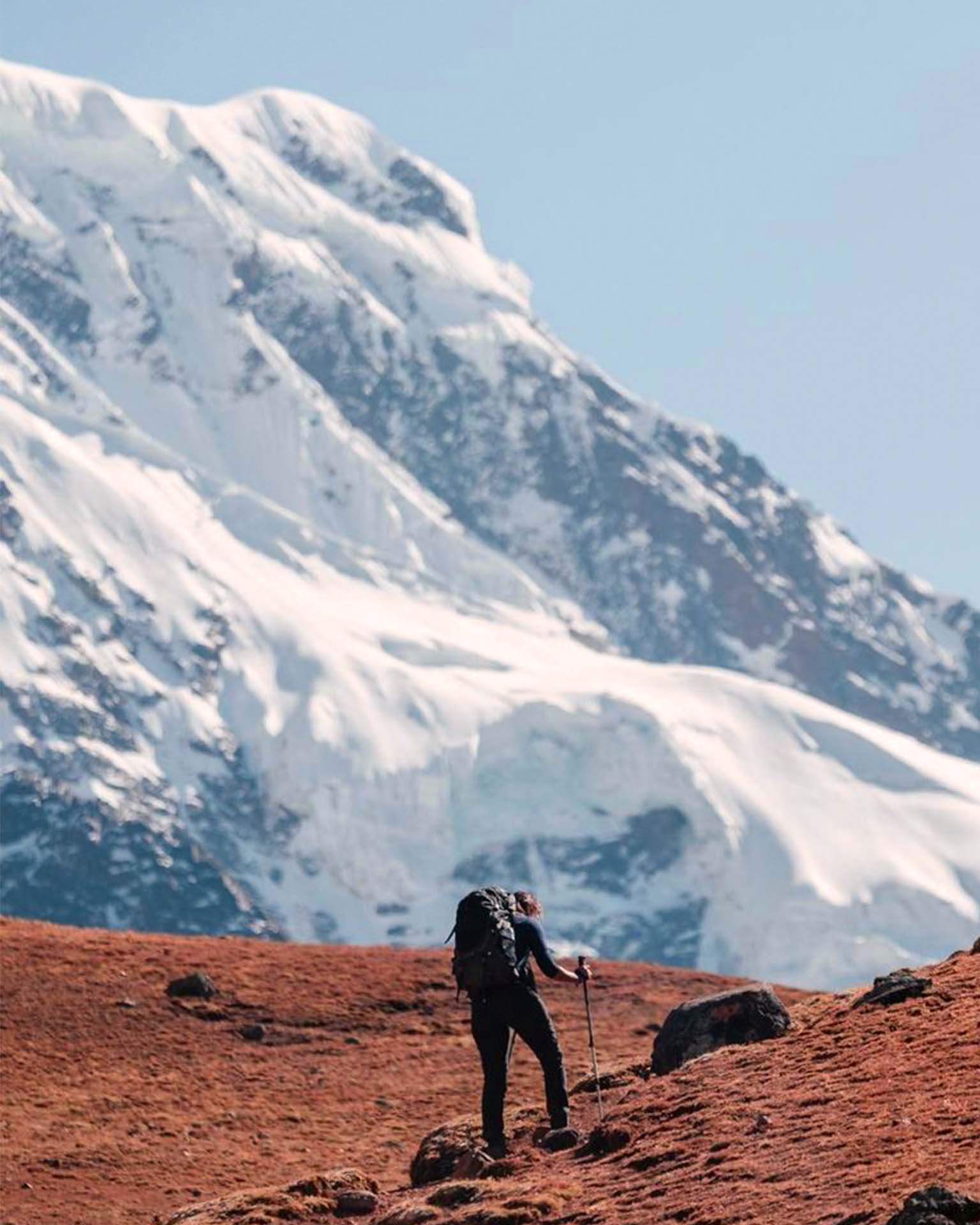
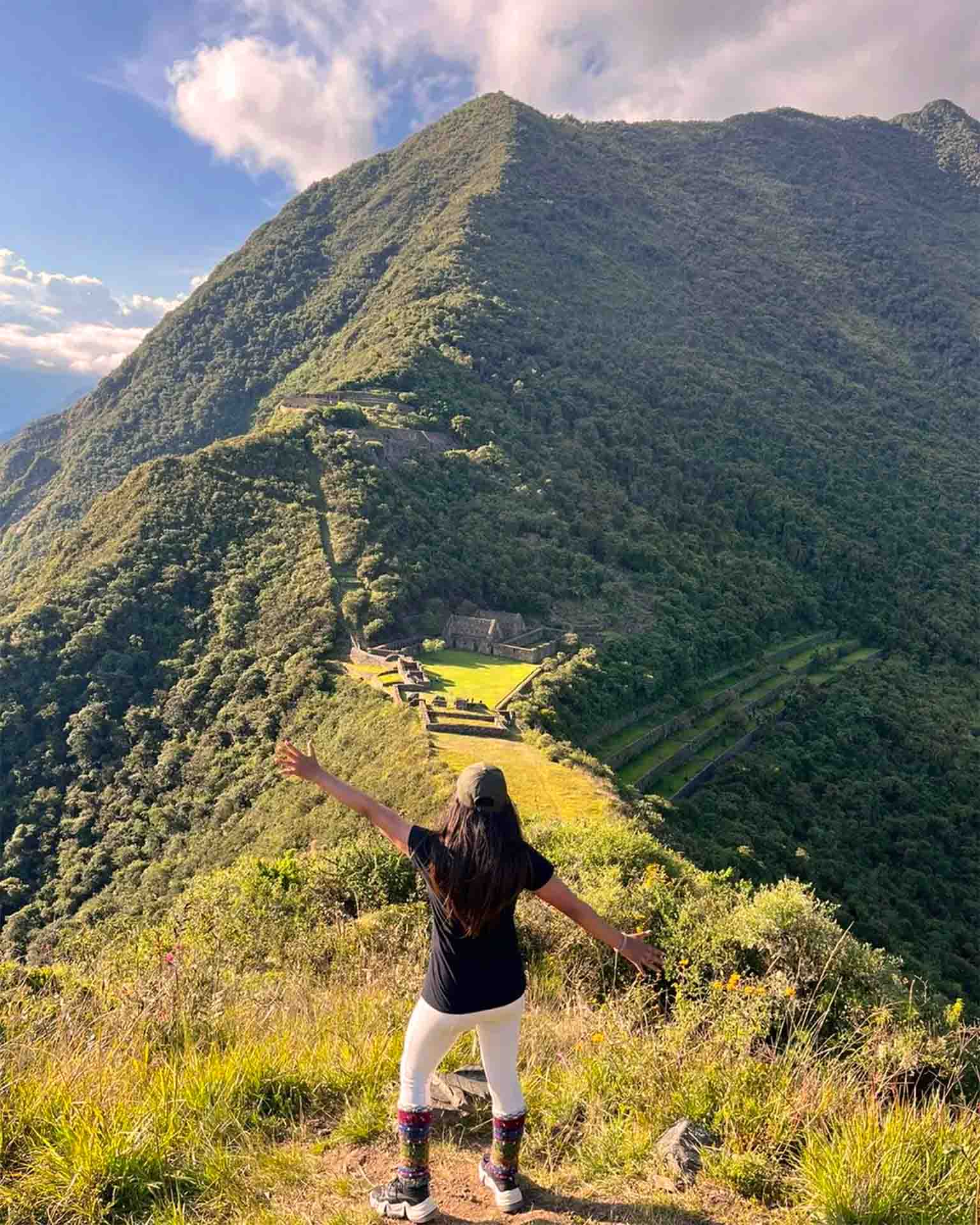
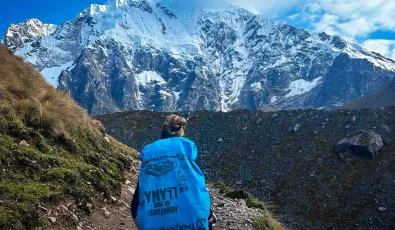
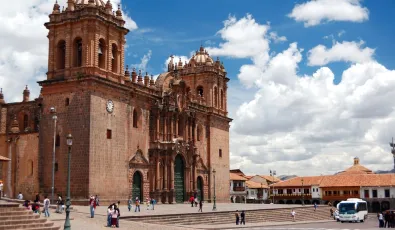
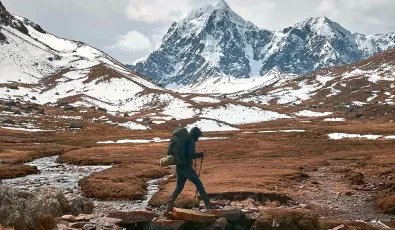
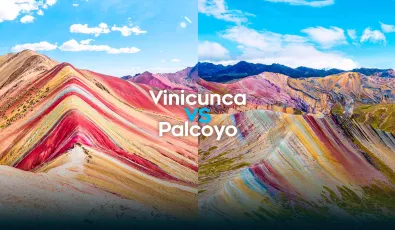

Add new comment